Search
Search Results
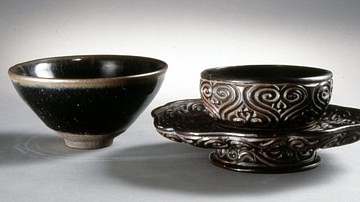
Image
Chinese Tea Bowl & Stand
Left: A Chinese tea bowl of black glazed stone ware, Song Dynasty, 960-1279 CE.
Right: A Chinese lacquered bowl stand, Yuan Dynasty, 13th century CE.
(British Museum, London)
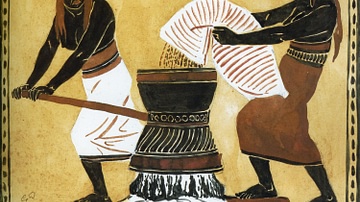
Image
Fenja & Menja Grind Salt with Grótti
Painting of the giantesses Fenja and Menja grinding salt with the magic grindstone Grótti, a scene from the Old Norse poem "Song of Grótti". Painted by Carl Christian Peters (1822-1899 CE).
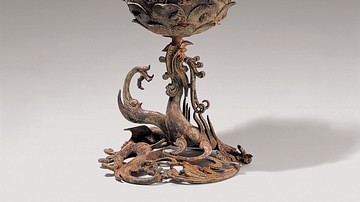
Definition
Baekje
Baekje (Paekche) was one of the Three Kingdoms which ruled over ancient Korea from the 1st century BCE to the 7th century CE. Controlling territory in the south-western part of the peninsula the kingdom was in constant rivalry with the other...
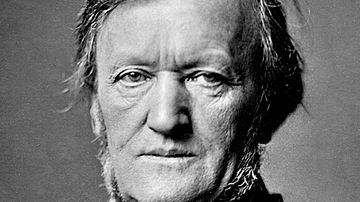
Definition
Richard Wagner
Richard Wagner (1813-1883) was a German composer of Romantic music most famous for his epic operas like The Ring, Tannhäuser, and Tristan and Isolde. Wagner was concerned throughout his career with the theme of redemption through love and...

Definition
Dmitri Shostakovich
Dmitri Shostakovich (1906-1975) was a Russian composer of operas, ballets, concertos, string quartets, and 15 symphonies. Shostakovich was frequently denounced by the repressive Soviet state, but in some periods, he also gained official favour...
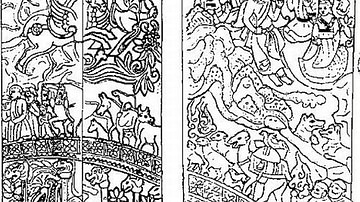
Definition
Chinvat Bridge
The Chinvat Bridge is the span between the world of the living and the afterlife in the ancient Persian religion of Zoroastrianism. It is also known as Cinvat Bridge, Cinvad Bridge, and Chinvato Peretav. Every soul, after death, was thought...

Definition
Antonín Dvořák
Antonín Dvořák (1841-1904) was a Czech composer best known for his symphonies, symphonic poems, operas, and chamber music. Dvořák's best-loved works include his 9th Symphony (From The New World), the American quartet, and his Slavonic Dances...
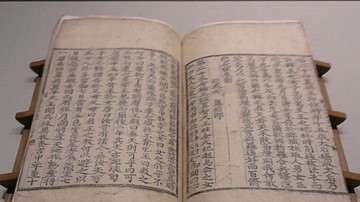
Definition
Samguk Yusa
The Samguk yusa ('Memorabilia of the Three Kingdoms') is a 13th-century CE text which covers the history and legends of Korea's founding right up to the 10th century CE. It is a sequel of sorts to the earlier Samguk sagi ('Records of the...
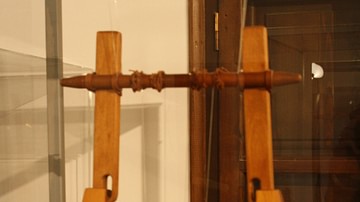
Definition
Lasus of Hermione
Lasus of Hermione was a celebrated 6th century BCE Greek lyric poet and musician credited with making significant innovations in Greek music. The Suda (a large Byzantine record from the 10th century CE) dates his birth to the 58th Olympiad...

Article
8 Sonnets and Songs by William Shakespeare
The literary works of William Shakespeare (l. c. 1564-1616) are often regarded as some of the most important in the English language. Alongside his famous plays, he also wrote poems, including 154 sonnets. Included here are six of the best-known...